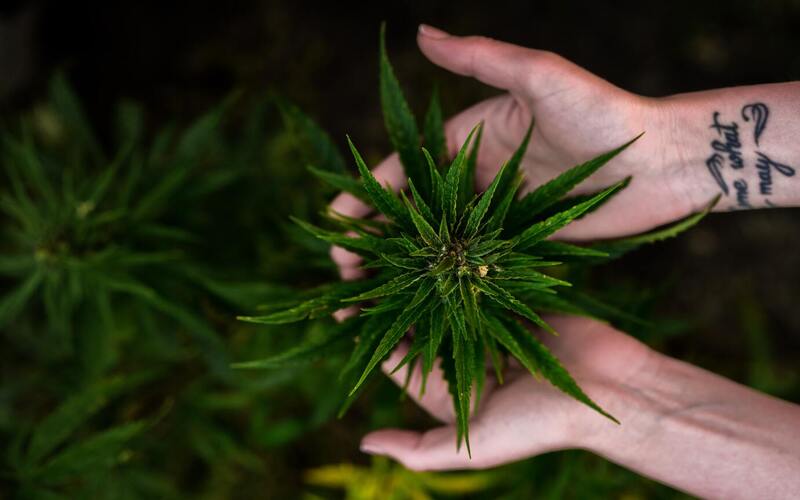I recently read Charles Warner’s intro for the spring issue of Cannabis & Tech Today titled, “Cultivating Change.” Warner, Publisher of the magazine, makes a seminal point in the intro providing actionable insights to drive change, inclusion, and social equity in the cannabis industry.
This is a righteous cause that will succeed because these insights are backed by real-world stories that not only illuminate the issue but showcase the successes. Warner speaks of Berner and his commitment to equity as being “a shining example of what it means to truly create change.”
He also shines a light on Dr. Chanda Macias and her life’s work which centers around alternative medicines. She too is a champion for human rights and social equity in the cannabis world.
So, what’s the “Be the Change” connection?
It is no secret that the cannabis industry is not the greenest when it comes to sustainability. A recent study analyzed the energy and materials required to grow cannabis indoors and quantified the corresponding greenhouse gas (GHG) emissions.
This study spanned the entire United States taking variables into account, and the resulting GHG emissions range varied from 2,283 to 5,184 kg CO2-equivalent per kg of dried flower.
Easier said, Haley Summers, one of the authors of the study, summed it up by saying, “when it comes to greenhouse gas emissions, our results show that smoking one cannabis joint comprised of indoor-grown marijuana is worse than eating a hamburger!”
Summers, a Sustainability Leadership Fellow and Ph.D. student at Colorado State University’s Department of Mechanical Engineering notes that consumers are largely behind the push to better understand a product’s impact on the environment, which often involves greenhouse gas emissions.
The Sustainable Cannabis Coalition was born from the notion that leading cannabis operators, vendors, and suppliers have an obligation not only to consumers but to the world to “Be the Change.” There is a brief window of opportunity for the cannabis market to help shape the outcome of the industry by setting forth best-proven practices to drive regulatory adoption.
Tectonic plates recently shifted when Biden announced the lofty goal of reducing carbon emissions by up to 52% by 2030. The Federal Government is also supporting this achievable GHG emissions reduction by infusing farmers with additional funding if they can successfully demonstrate the reduction of carbon emissions.
This shift in Federal Government forces is going to put enormous pressure on sustainability behaviors and practices (or lack thereof) in the cannabis industry.
The opportunity for cannabis cultivation operators to execute on Warner’s suggested approach of actionable insights is now. Getting ahead of regulators while leading by example will ultimately bring the stewards of the industry to the forefront of change.
Begin by calculating your own carbon footprint with the 2030 Calculator, a digital tool that was designed to simplify the process of calculating cradle-to-gate carbon emissions of a product. When leading operators ARE the use case and present that data in a way that can be easily consumed and replicated the rest of the market will follow.
Author
-
Peter Dougherty is the CEO of GroiQ and co-founder of the Sustainable Cannabis Coalition, asl well as the chairman of the NCIA Facilities Design Committee.






